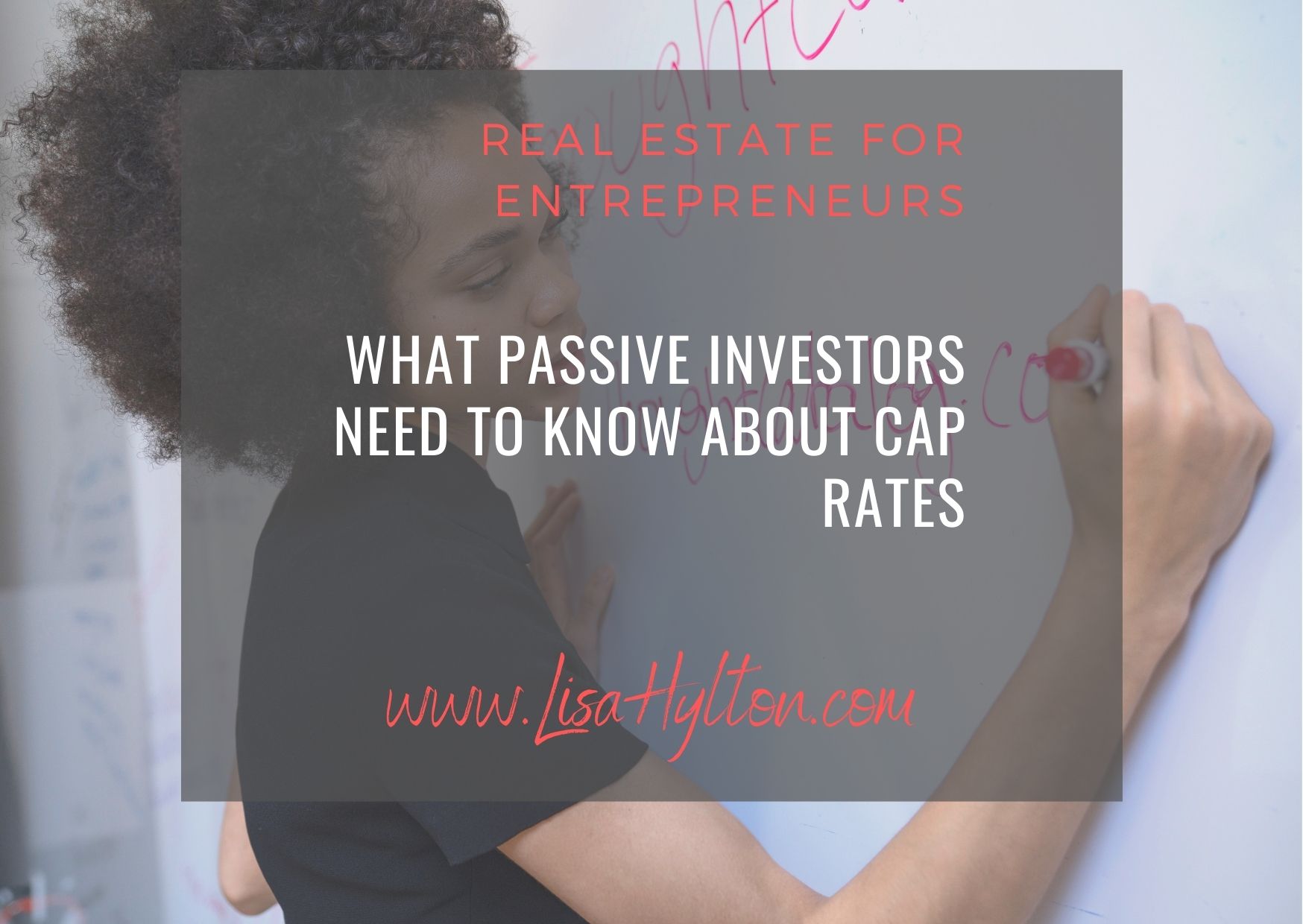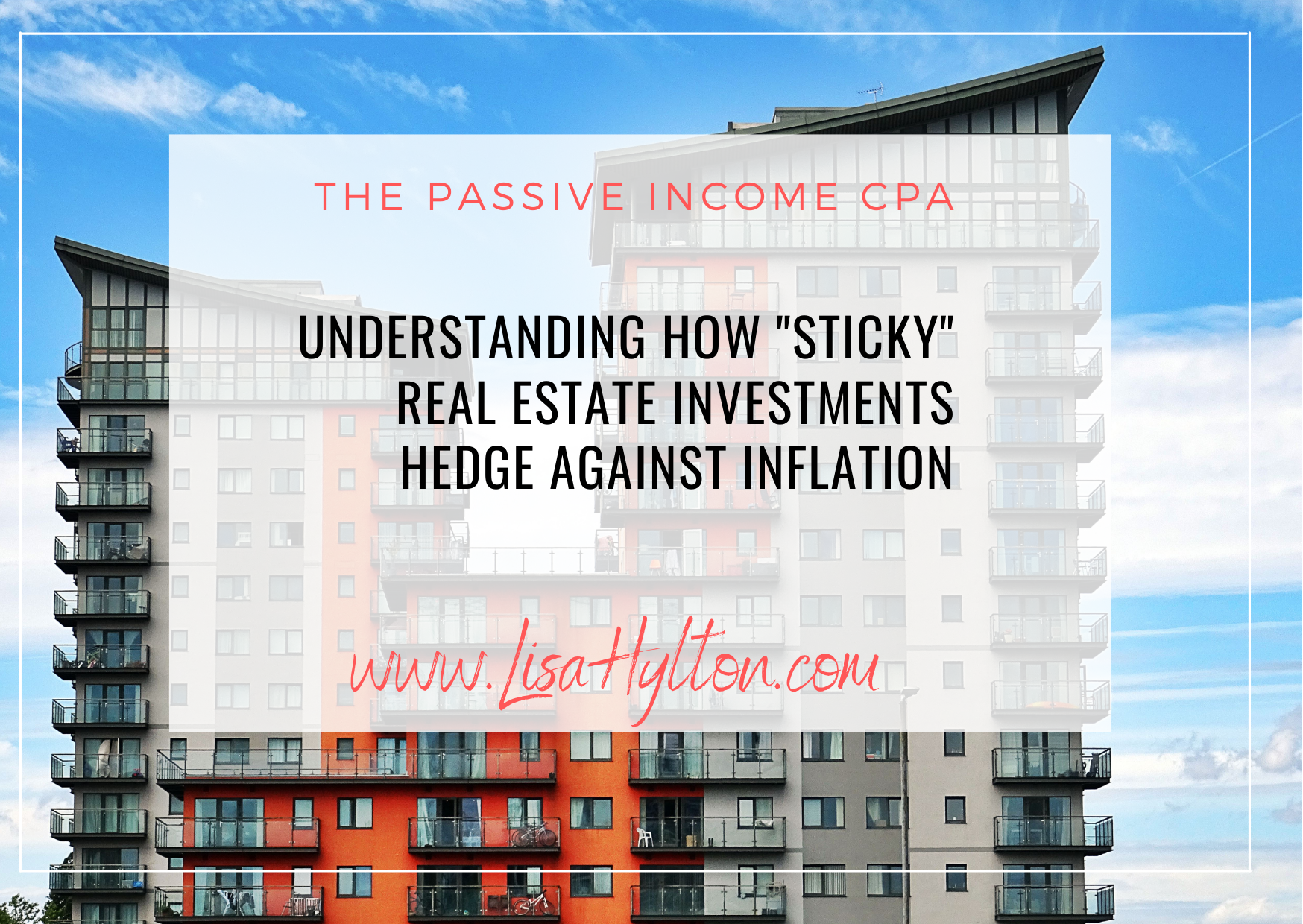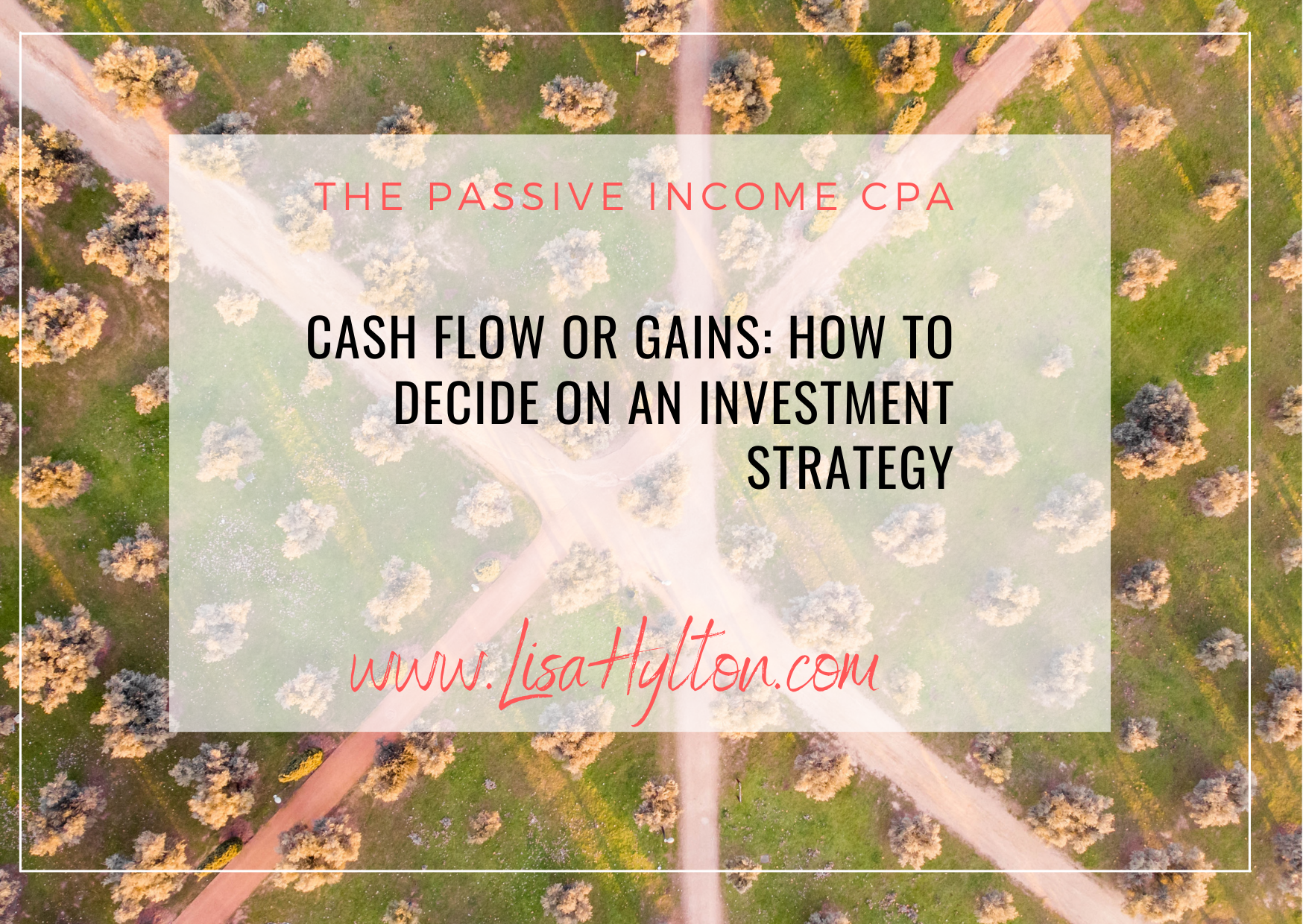Many investors gravitate toward real estate syndications after dabbling in the residential real estate space and realizing there’s a grand opportunity to earn returns without being a landlord. The transition from residential to commercial real estate investments is accompanied by an overwhelming number of new and more complicated terms and calculations.
You may have heard about 7-caps from the cool kids, the fully-spelled-out capitalization rates from the proper, and cap rates from those who don’t have a minute to waste. These all mean the same thing though.
As you move further toward passive investing and learn all the benefits of commercial real estate syndications, your confidence in evaluating slide decks for each potential investment opportunity will grow. To do that, you’ll expand your vocabulary, become comfortable with terms, scrutinize past and present deals, and learn how uncomplicated investing passively in real estate can be.
In the blink of an eye, “cap rate” will be part of your daily conversations, and not only will you know exactly what it means, you’ll know when and why it’s important too!
It’s okay if cap rates are hard to understand or challenging to calculate. As a passive investor, you can inhale a deep calming breath because you won’t need to calculate or use them very often.
In this post, you’ll learn what cap rates are, how they’re calculated, when you’ll want or need to use them, and what they reveal about an investment opportunity. You’ll want a certain level of comfort with cap rates and, by reading this article, you’ll learn how they apply to your situation.
Cap Rates Defined
A ratio of the property’s income against the property’s market value gives you the capitalization rate, or cap rate for short. Cap rates are used in commercial real estate to measure the expected rate of return generated by an investment property.
No matter whether we’re talking stocks or real estate, it’s assumed that a higher cap rate equals better ROI, which would theoretically equal a better investment choice, which is why most investors are highly interested in their potential ROI (return on investment). However, there are some nuances as to how the cap rate is calculated, and cap rate discussions can get murky.
As a passive investor in commercial real estate syndications, you just need to know how to calculate it for yourself and have clarity as to how the cap rate pertains to your financial and investment goals.
Commercial Real Estate Cap Rate Calculations Decoded
Anytime cap rates are being discussed, make sure you ask how they calculated the cap rate. You want to make sure you’re comparing apples to apples, and you’d be surprised at the number of various ways people calculate cap rate.
Cap Rate = Net Operating Income / Property Market Value
Net operating income, or NOI for short, divided by the property’s market value is the most popular way to calculate the cap rate.
A 7% Cap Rate Example And What It Means
Pretend that we’re looking at a value-add multifamily complex priced at $1 million that brought in $100,000 in gross income over the past year. Let’s also pretend that expenses for the year on this property were $30,000, leaving the NOI at $70,000.
We take $70,000 (NOI) and divide that by the $1 million (market value) and arrive at 0.07.
This means the cap rate for this property is 7%, and if we were to buy this property for cash right now, we could expect to earn $70,000 in net income over the next year.
So, in general, this is your return on investment (ROI), and although it shouldn’t be the only metric you review, it’s an indication of how profitable your investment may be.
I love flipping these numbers into applicable life/length metrics to help me understand them more clearly. Check this out:
A 7% cap rate essentially means it would take about 14 years to recoup your $1 million in capital initially invested. To give you even more perspective, a 6% cap rate on that same $1 million investment would require about 16 1/2 years to recoup your investment, and an 8% cap rate would take about 12 1/2 years.
What Kind Of Cap Rate Should You Look For?
If you’re all about cash flow, a higher cap rate may seem more attractive.
Higher cap rates mean you’re getting more income for lower initial investment, and you’ll recoup your capital invested within a tighter timeframe.
A lower cap rate means your investment is higher, and the returns are lower. It will take more time to recoup your initial investment, but if you’re exploring more of a buy-and-hold strategy, it’s possible to come out better in the long term.
So, what’s a “good” cap rate for commercial real estate investments, then?
There’s not actually a straight answer here. As much as I hate to be vague, it really depends.
What’s good in one market may not fly in another. There are variables to consider like potential market growth, other properties’ cap rates in that same market, the property value versus net operating income, if property expenses can be reduced as part of a value-add deal, your desired cash flow, and more.
We suggest evaluating several properties in your specific target market to get the best apples-to-apples comparison.
How Should Commercial Real Estate Cap Rates Be Used?
Since the cap rate is only a single measurement taken at a single point in time, relying heavily on cap rates isn’t really a great strategy.
Some investors look exclusively for deals with 8% cap rates or higher, but considering cap rates are based on today’s market value and NOI and don’t consider leverage or time value of money, there are definitely other, more defining metrics that should be given attention instead.
Compare Properties Across Your Target Market Using Cap Rates
The best way to put a cap rate comparison to use is when looking at several properties in a particular target market. Let’s assume you’ve decided Fort Worth, Texas is your target market for a value-add apartment complex. Then, ideally, you could compare a few properties within that immediate market.
If you see one with a 6.8% cap rate, another at 7%, and another at 7.3%, you know that all three are pretty comparable. You could confidently dive deeper into the 7% deal knowing you’re right on track with returns and purchase prices of other properties in that same area.
On the other hand, if you discover a wide discrepancy between cap rates on similar properties in the same market, that could be a red flag. I’d recommend diving into the deals’ metrics deeper, find out how the cap rates were calculated on these properties, if there’s anything wrong with the property, or if the property is somehow being valued incorrectly.
Potential Risk Can Be Indicated By The Cap Rate
You can also use the average cap rate of a market to measure an asset class’s risk. Higher cap rate properties tend to be riskier and located in developing areas, while properties with lower cap rates are generally less risky and located in more stable regions.
If you’ve ever heard about cap rates compressing, all that means is the cap rate is decreasing in response to higher property prices and lower rates of return. This is common in California, for example, where the demand is high, so people are willing to pay more to snag a property even if returns are a bit lower.
Why Should Passive Investors Care About Cap Rates?
Now that you’ve seen how to calculate the cap rate, learned what a cap rate even is, seen a few examples, and have now got a firm grip on how you could use cap rates to compare properties within a target market, what about cap rates really matters to you as a passive investor?
Sorry to break it to you, but cap rate specifics aren’t going to change your life.
There are many more important numbers and metrics that will make a bigger impact on your investment game! When it comes to vetting a potential investment property, you’ll want to pay more attention to the experience and integrity of the sponsor team, the overall market in which you’re investing, and that the distributions support your investing goals.
Only two things regarding cap rates will matter to you:
1 — Is the cap rate comparable to other assets in the area?
You’ll know you’re working with a great sponsor team when you see they’ve already ensured the cap rate for the property in which you’re investing is in alignment with comparable properties in the same target market. Sure, it’s safest to double-check a few numbers, but with a solid, well-vetted sponsor group, that’s about all you need to do.
2 — What’s the reversion cap rate?
Ha! Right when you start to relax about this cap rate thing, I throw in a fresh twist.
It’s not a big deal, though, because with all you’ve learned about cap rates already, learning about the reversion cap rate is going to be a piece of cake!
The reversion rate (also called the exit cap) is the cap rate at the asset sale. This varies from the cap rate at the purchase.
And here’s the most important detail out of this entire article — ready?
When considering a commercial real estate syndication opportunity, you want the reversion cap rate to be a minimum of 0.5% higher than the cap rate at which you invest or buy the property.
Before you invest, you want to see that the general partnership is assuming the market conditions at the sale will be less favorable than the current market. You want to invest in a property with conservative underwriting such that the property might sell for a lower price when compared to the net income, 3–5 years into the future.
As an example, if the current cap rate on your real estate investment opportunity is 7%, you want to make sure the exit cap (or reversion rate) is 7.5%. So, even after all renovations are made, efficiencies are increased, the occupancy rate is high, and rents are raised, you want the sponsors to expect a lower sales price compared to the higher net operating income (NOI).
No one knows what the market will look like in the future, so projecting that it will be a little softer at that time is much safer than not.
What Do Cap Rates Ultimately Mean for Passive Investors?
In general, you don’t need to retain much of what you read here. I promise I won’t be offended.
Seriously!
Cap rate is just a single metric pulled based on the current value of the property. The rate will be different in 6 months or a year, and drastically different a few years from now. Knowing all the ins and outs of cap rates doesn’t help you project the potential of your investment or help you calculate the cash flow you may receive.
All you need is a fundamental understanding of cap rates and be aware of the reversion rate when exploring a potential real estate syndication investment opportunity.
Want To Learn More?
If there’s anything I’ve learned in this life, it’s that there’s always more to learn. So if you’re ready for a deeper dive into metrics that DO matter and you’re interested in comparing deals alongside us, we’re here to show you the way.
Passive Real Estate Investing
Passive investing in commercial real estate syndications is a great way to generate monthly cash flow, grow your retirement funds, and harvest the benefits of long term appreciation on physical assets.
If you’re interested in learning more about how you can invest in real estate alongside us without becoming (or remaining) a landlord, you’re invited to join my investor club.
Inside we share exclusive deals, share helpful definitions and articles, debunk investing and real estate myths, and SO much more. We’d be ecstatic to get to finally share our members-only resources with you!
Want to Invest with Lisa?
If you are interested in learning more about passively investing in apartment buildings, click here https://lisahylton.com/invest/ to sign up to learn more about upcoming opportunities.
About the Author
Lisa is the CEO of Lisahylton.com, a real estate company that helps entrepreneurs invest in tax-efficient real estate investments. At Lisahylton.com, Lisa and her team focus on buying apartments with investors and shares the profits. This strategy enables her investors to build wealth and passive income through investing in conservative, high-quality multifamily assets.
Lisa is the host of the Level Up REI podcast where she interviews real estate investors, entrepreneurs, and business owners to share their stories and experiences building businesses and investing in real estate. After a decade of working in the financial services industry, Lisa found investing passively in real estate syndications and was intrigued by the business opportunity to invest in real estate while also providing the opportunity to others to do the same along with her.
You can learn more about passively investing in high-quality multifamily assets that provide cash flow and strong returns at www.LisaHylton.com.




